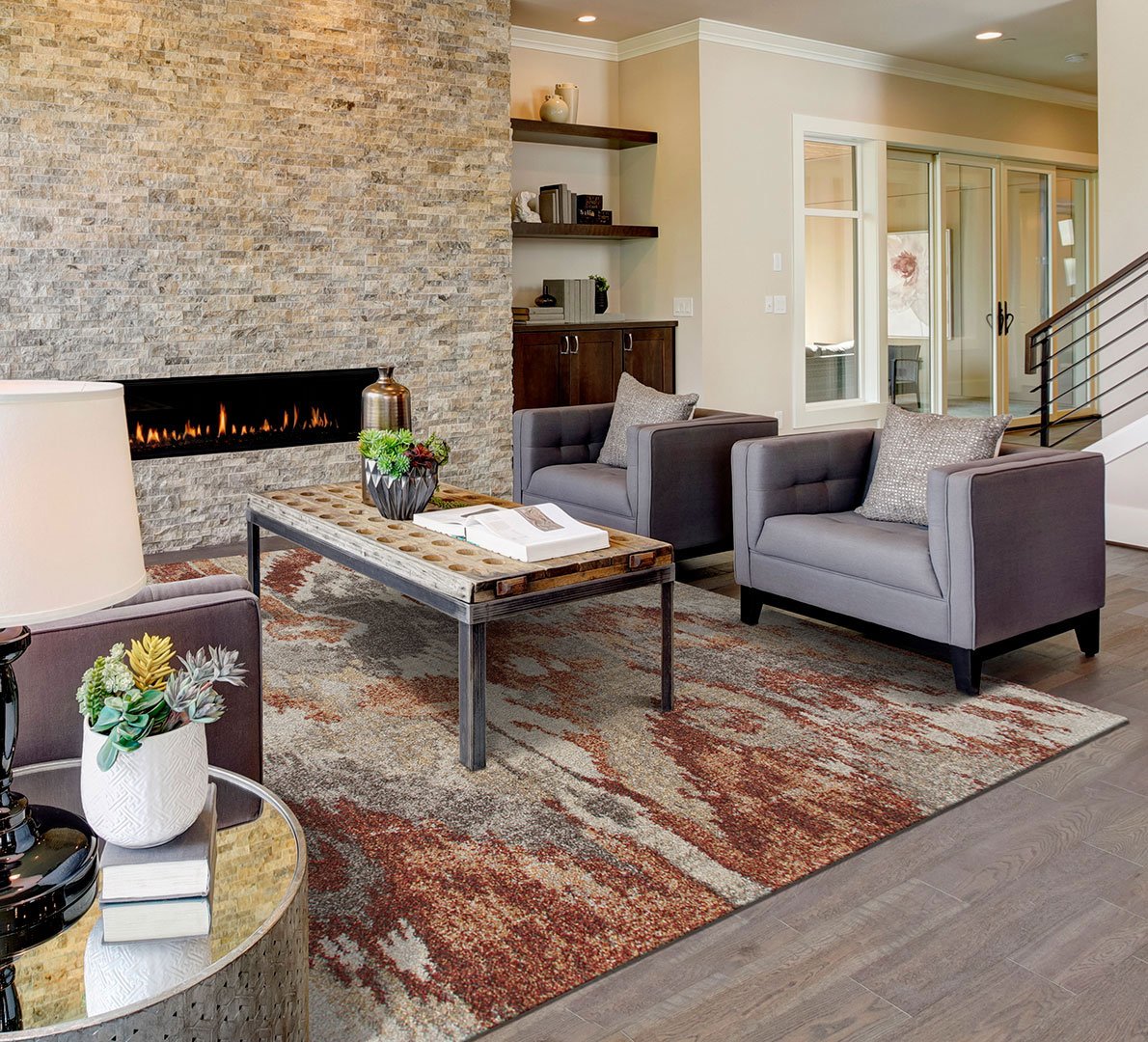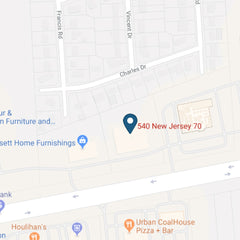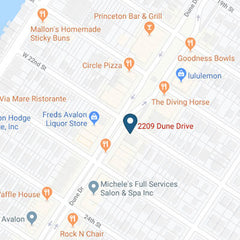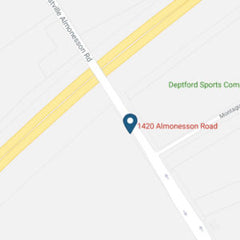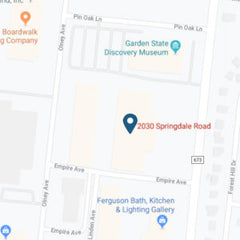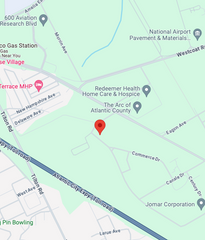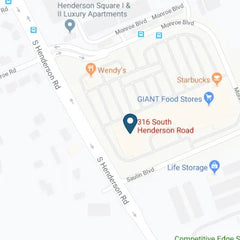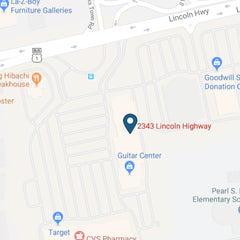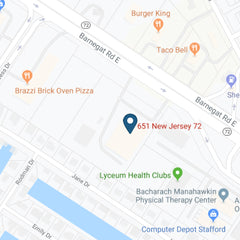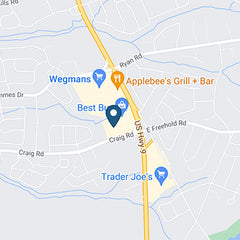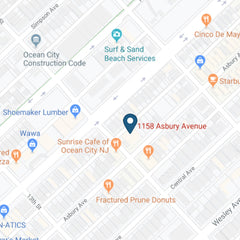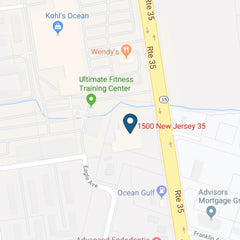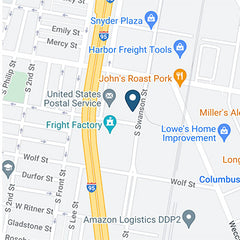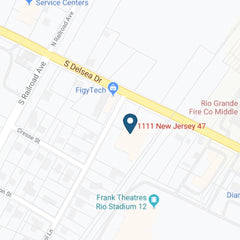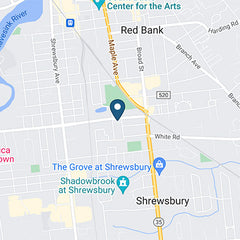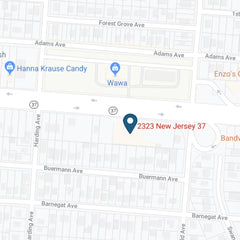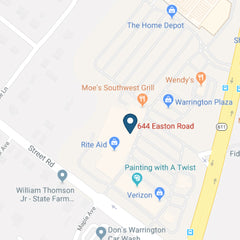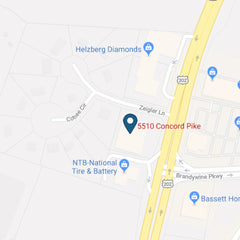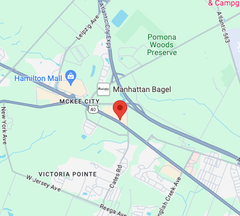When buying carpet remnants for rugs, the things that are most focused on are the fiber, texture and color. But the one thing that's important and should always be considered is the finishing. Because of the way the carpet is manufactured, purchased and cut, it needs to be bound in some way—both to keep it from coming apart at the edges and to make it look nice. This is where the different kinds of finishes (binding, serging and fringing) play a big role. Understanding the different finishing options for your custom area rug will help you achieve the look you're going for, so we have put together a guide and some examples of the finished products to help you make your decision.
What is Rug Binding?

Rug binding fixes the worn and frayed edges of your carpeting by using binding tape and heavy duty sewing machines. It's typically the easiest and least expensive method of finishing a carpet edge. The other benefits of binding are the vast selection of materials and colors to choose from. Virtually any color can be picked to match your carpet. By matching the color of the rug binding, the edge will blend in without standing out. However, if you want it to stand out, a contrasting color can be chosen to create a bold look in your space. Rug binding creates a more tailored look with a nice classic finish.
What is Rug Serging?

There is something else besides binding that helps your carpet. It's called rug serging, also known as overlocked stitching. Serging the edge of your carpet produces a look that seems hand-sewn, even though it's mostly done by a heavy sewing machine, like binding. When it's finished, a serged edge looks as though a thick fiber has been wrapped around the edge of the carpet continuously. Rug serging is often considered to provide a higher-end look than simple binding and is commonly seen on manufactured area rugs.
What is Rug Fringing?

Rug fringing is a common finishing edge treatment for area rugs. This is often seen as long-fringed tassels, usually in a neutral off-white color.
This type of finish is usually needed in hand-knotted rugs, as it acts as the backbone fibers of the rug. On machine-made rugs, however, rug fringing is usually used as a decorative appearance and doesn't serve any practical purpose.
While the look of fringe is often enjoyable and stylish, it's sometimes seen as a difficult area rug finish to clean and maintain. When vacuuming, the ends tend to get sucked into the vacuum and tangled up. The fringe, unfortunately, is known to stain and soil but not clean easily. It's also known to be more expensive than both binding and serging.
What are the Differences Between Rug Binding, Serging and Fringing?
Binding a carpet involves taking fabric, folding it over the edge of the carpet and then sewing it to the carpet with a large binding sewing machine. The finished width of binding is ¼" to 3/8".
Professionally serging a carpet involves continuously wrapping the edge of the carpet with yarn. This is similar to a traditional whip stitch, except the yarn on the edge is very close together and done by a machine. The width of the serging is about 3/8" and the yarn is chosen to match the carpet.
With fringing, the look is the first major difference out of the three styles. While this type of finish might be a bit more stylish out of the three, it's unfortunately not as durable as serging and binding. After a while, depending on the amount of traffic going through the space, the tassels tend to wear and tear off. However, they can easily be replaced professionally or even DIY style. The last two differences that sets fringing apart is that there aren't as many colors to choose from (mostly just shades of neutral off-white) and the length of the tassels usually add more to the overall length of the carpet than serging and binding do.
Why Do Carpets Need Binding or Serging?
While fringing adds style and a traditional feel to area rugs, it's not the most reliable when compared to binding and serging. The main purpose of rug binding or serging is longevity. An unbound carpet or rug will unravel overtime and quickly lose its beauty, shape, texture and durability as the loose fibers fall apart. Rug bindings and sergings, however, prevent fraying and ensure the carpet stays in top condition as long as possible.
On top of their practical purposes, they can also contribute to a room's aesthetic as much as fringing can. A binding or serging keeps the rug looking clean and sharp, which makes the room appear neat and organized. In contrast, an unbound rug with fraying edges will give a messy impression.
At Avalon Flooring, we want to make sure you're happy from your first step in our showroom to your first step on your new flooring—and as your partner in home design, we'll be there every step along the way. Consider us your "One-Stop Shopping" destination for all things flooring…(and window treatments)!
Our design consultants are equipped with the knowledge to guide you through the wide selection of products we offer, and our expert installation team is professionally trained to make sure everything gets installed the way you envision. We know your home is an expression of your sense of style, and we're here to make sure you'll be proud of it for years to come.
If you have any questions, please email us.
